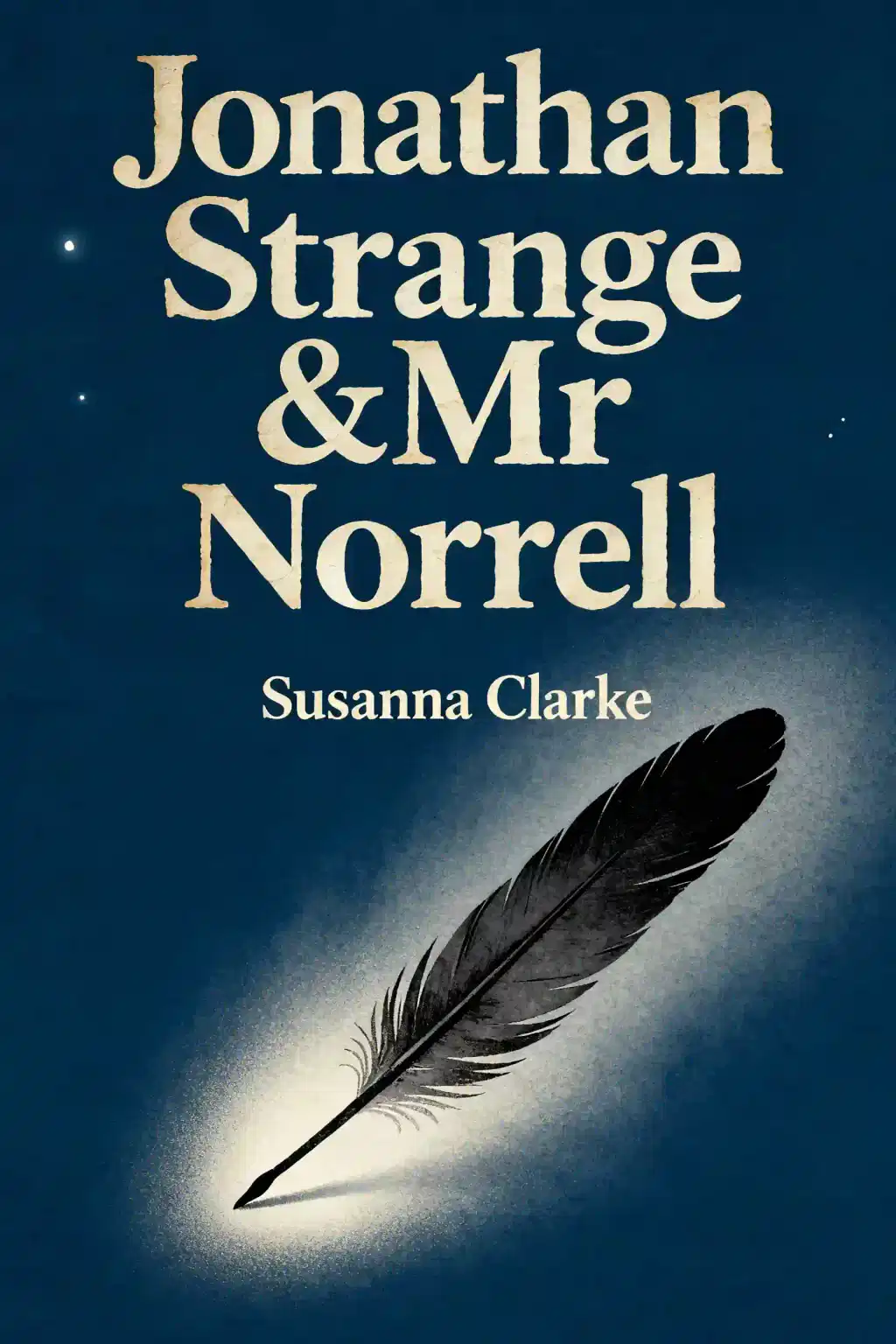What is
Adventures in Human Being by Gavin Francis about?
Adventures in Human Being explores the human body through 18 anatomical features, blending medical case studies, cultural history, and philosophical insights. Physician Gavin Francis examines topics like facial expressions' emotional depth, the placenta’s symbolic roles across civilizations, and feet as evolutionary marvels, revealing how our biology intertwines with human identity and experience.
Who should read
Adventures in Human Being?
This book suits readers fascinated by medical humanities, anthropology, or lyrical science writing. Medical professionals, students, and anyone curious about the body’s intersection with culture will appreciate its blend of clinical precision and storytelling.
Is
Adventures in Human Being worth reading?
Yes—it’s praised for making complex anatomy accessible through vivid narratives. Kirkus Reviews calls it a standout medical memoir, noting Francis’s global medical experience and ability to weave patient stories with historical curiosities.
What are the main themes in
Adventures in Human Being?
Key themes include:
- Adaptability: The brain’s neuroplasticity and the body’s resilience.
- Symbolism: Organs as cultural metaphors (e.g., kidneys representing altruism).
- Evolution: Bipedalism’s impact on human development.
How does Gavin Francis approach medical storytelling?
Francis combines firsthand clinical cases (e.g., treating a soldier’s brachial plexus injury) with historical anecdotes, like Roman crucifixion methods’ anatomical flaws. His writing bridges scientific rigor and literary reflection.
What unique perspectives does
Adventures in Human Being offer?
The book links biological functions to broader human experiences:
- The pulse as a life-rhythm marker.
- The female orgasm’s scientific and social complexity.
- Faces as windows to identity and emotion.
How does
Adventures in Human Being compare to other medical memoirs?
Unlike Henry Marsh’s Do No Harm, which focuses on neurosurgery, Francis offers a systemic tour of the body with anthropological depth. Critics highlight its balance of education and narrative warmth.
What cultural insights does Francis provide about human anatomy?
He examines:
- Placenta rituals in Māori and Ancient Greek traditions.
- Medieval beliefs about the heart as the soul’s seat.
- Kidneys’ symbolic ties to selflessness in organ donation.
How does Francis address evolution in
Adventures in Human Being?
He analyzes bipedalism’s trade-offs—how upright posture enabled tool use but exacerbated spinal issues—and explores feet’s role in distinguishing humans from other primates.
What critiques exist about
Adventures in Human Being?
Some may find its scope overly broad, but most praise its synthesis of disciplines. The Guardian lauds it as "lyrical and learned," though readers seeking purely clinical content might prefer technical texts.
How does Gavin Francis’s background influence the book?
His roles as a GP, Antarctic physician, and travel writer inform global perspectives on health. This diversity enriches chapters on infertility treatments, Arctic survival, and ER trauma.
What quotes highlight the book’s philosophy?
- On anatomy: "Our bodies are living narratives, written in blood and bone."
- On medicine: "Healing requires understanding stories as much as science."















